Prehistoric Art in Europe and Neolithic Art
1/48
There's no tags or description
Looks like no tags are added yet.
Name | Mastery | Learn | Test | Matching | Spaced |
|---|
No study sessions yet.
49 Terms
Neolithic art
Definition: This form of art emerged during a period characterized by the transition from nomadic lifestyles to settled farming communities. It includes pottery, sculpture, and cave paintings, often depicting animals and human figures. The art reflects the societal changes, rituals, and beliefs of early agricultural societies. Key examples include the Venus figurines and megalithic structures.
Neolithic art - characteristics of the time period
Organized system of agriculture
• Domesticated animals
• Permanent, year-round settlements
Neolithic art - characteristics of art
• Functional items
• More images of humans
• Ornamentation
• Art in fixed locations
Relative dating
relies on other objects found on site
Absolute dating
determines a more precise span of calendar
years (radiometric, potassium, thermoluminescence, electron spin)
Neolithic kinds of art
Weaving, architecture, megaliths
Statuary, painting, pottery
• “mother goddess” figures / female fertility
• Rock art
pictographs
early writings
schematic images
Geometric forms
(abstract, graphic symbols)
Ceremonial and tomb architecture
• Religious beliefs
• Engineering feats
Megalithic
mega (large), lithic (stone)
Post and Lintel
architectural system consists of a horizontal beam supported by two vertical posts
This construction method is one of the oldest in architecture, allowing for the creation of openings such as doors and windows. It is commonly seen in ancient structures like temples and modern buildings. The strength relies on the vertical elements supporting the weight of the horizontal element.

“Flying Gallop” Rock Art
~ 3000 and 1520 BCE
Chad, Africa

Examples of Neolithic Rock Art
~ 4000 - 2000 BCE
Henge
Ancient monument consisting of a circular area enclosed by a bank and ditch, often featuring standing stones or wooden posts.
Typically associated with ceremonial or astronomical purposes, these structures are found in various locations, with Stonehenge being the most famous example. They reflect the cultural and spiritual practices of prehistoric peoples.
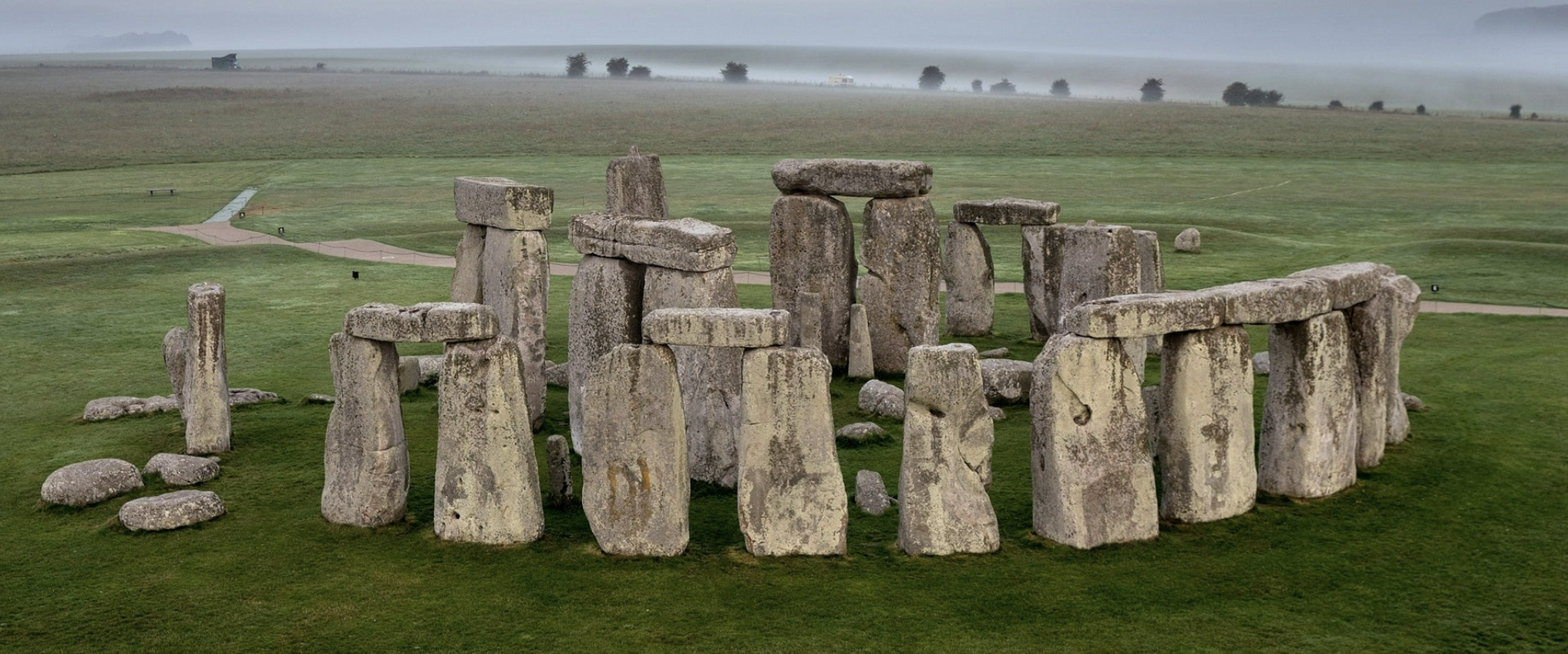
Stonehenge
~ 3000 and 1520 BCE
Salisbury Plain, England
Stones brought from great
distances (over 20 miles away)
330 ft. in diameter
Heel stone is 35 tons, 16 ft tall
Brought from 23 miles away
Some stones from
150 miles away!
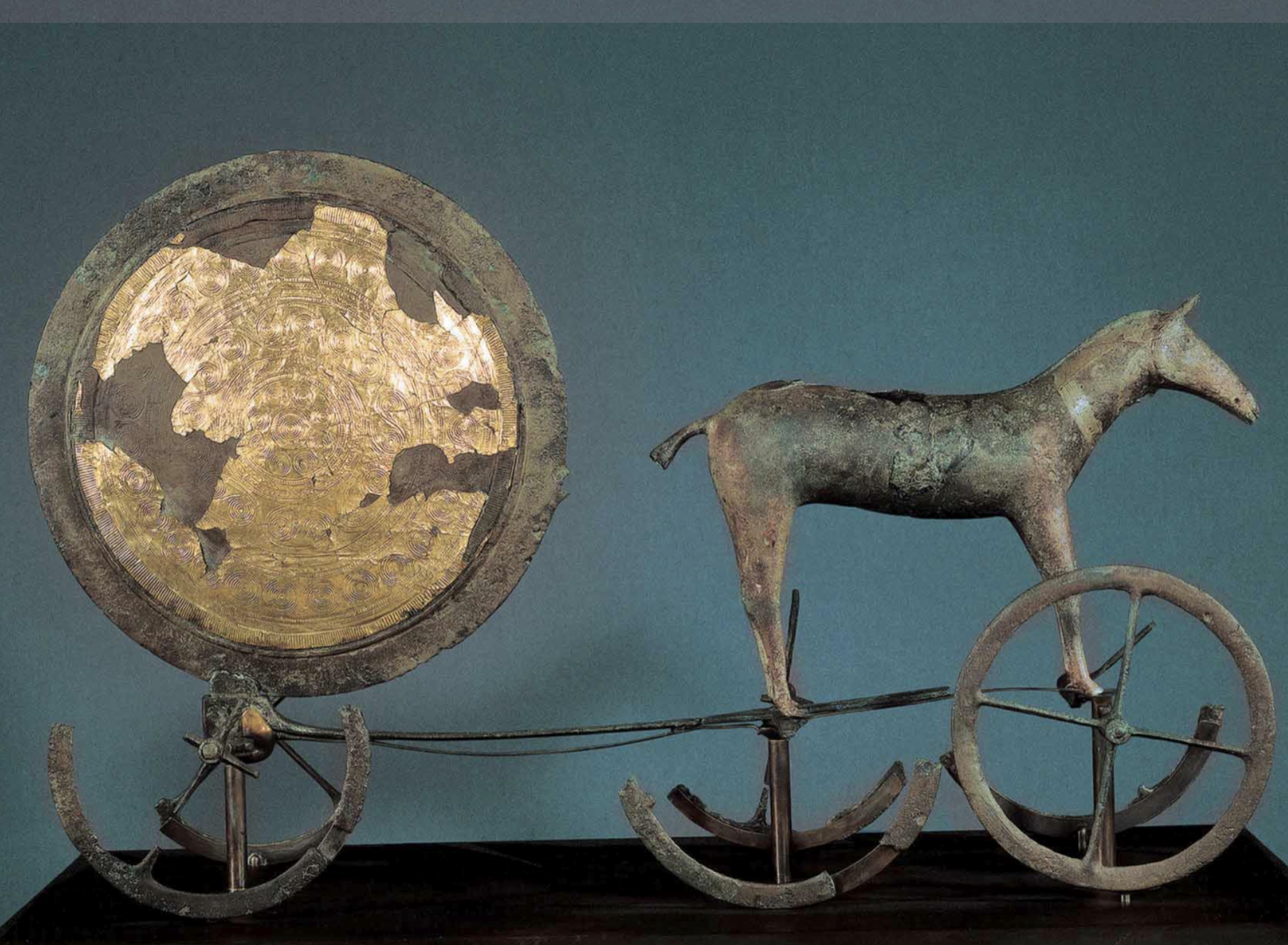
Horse and Sun Chariot
Trundholm Chariot
1500 - 1300 BCE
Denmark
Bronze Age
Period marked by the use of copper and its alloy with tin, leading to advanced tools and weapons.
Characterized by the emergence of urban civilization, trade networks, and the development of writing systems. Significant cultures included Mesopotamia, the Indus Valley, and Mesoamerica. It followed the Neolithic period and preceded the Iron Age.
period around
3300-1200 BCE
Prehistoric Art
in Europe
This term refers to the visual arts created by humans before the advent of written records, primarily found in Europe. It includes cave paintings, carvings, and portable art objects, often depicting animals, human figures, and abstract symbols. These works reflect the beliefs, rituals, and daily life of early societies, showcasing their creativity and connection to nature. Key sites include Lascaux and Altamira, where intricate imagery provides insight into the lives of prehistoric peoples.
Why Study Prehistoric Art?
• Prehistoric Art give us clues to human creativity, daily life and
the origins of cultures and societies.
• It’s unique because it is not ‘art’ as we might define it.
• Anthropology, sociology, archaeology
• Demonstrates the tremendous, basic, and immense desire and drive
to create something
• The power of imagination / making a mark
Anthropology
Field of study that examines human societies, cultures, and their development.
Focuses on understanding cultural practices, social structures, and human behavior. Utilizes methods like participant observation and ethnography. Explores aspects such as language, religion, kinship, and economic systems across different societies. Aims to provide insights into the diversity of human experience and the commonalities that link people globally.
sociology
The systematic study of society, social institutions, and social relationships. It examines how individuals interact with each other and how social structures influence behaviors, beliefs, and cultures. Key concepts include socialization, group dynamics, and social change. It often employs various research methods to analyze patterns and trends within populations.
archaeology
Study of human history and prehistory through excavation and analysis of artifacts, structures, and other physical remains.
discipline that investigates past human life by examining material evidence
The Stone Age period numbers
Prehistoric Art is divided into two periods
Stone Age
period is characterized by the use of stone tools, the development of early human cultures, and the transition from nomadic lifestyles to settled communities
This era marks the earliest known period of human culture, divided into three phases: Paleolithic, Mesolithic, and Neolithic. It saw advancements in tool-making, art, and agriculture, leading to the rise of civilizations.
Paleolithic
the early phase of the Stone Age, ~ 2.5 million – 10,000 BC
(‘paleo’ = old, ‘lithic’ = stone)
Paleolithic period of the stone age
• Largely dependent on foraging and hunting
• Small groups of hunter-gatherers lived, hunted and migrated together
• Further divided into Upper, Middle, Lower (excavation)
• Food and Fertility, attempt to gain control over the environment
• Cognitive thinking / abstract
Neolithic
the later phase of the Stone Age, ~ 10000 – 2200 BC
(‘neo’ = new, ‘lithic’ = stone)
Neolithic period of the Stone Age
• Agriculture, domestication, tools, homes
• Pottery, religious items, larger sculptures
Paleolithic Period Who?
Neanderthals, Cro-magnon (images, more social), where ‘art’ begins
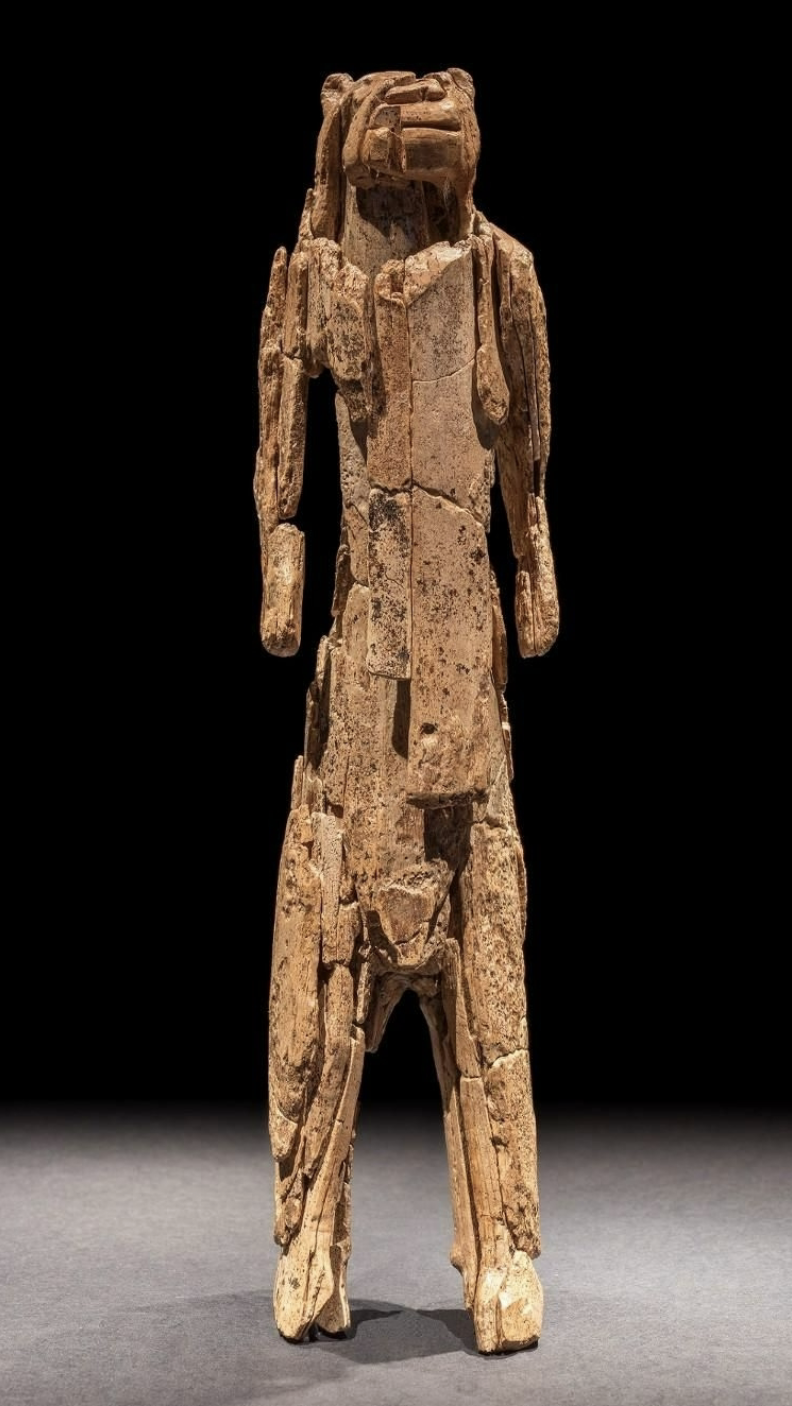
Lion-Human / ‘The Lion Man’
30,000 – 26,000 BC
~ 12” height
• Woman? Man? With lion head (hybrid)
• Ivory (mammoth tusk)
• Evidence of imagination
• Use or purpose unknown, potentially ritual or religious

Venus of Willendorf
24,000 BC
4.4” height
• Small, portable?
• Health or fertility? Female anatomy is emphasized (breasts, womb)
• Arms are folded over
• Face concealed, no feet

Venus of Brassempouy
30,000 BC
1” height
• 1” tall
• Made of ivory (mammoth)
• Generalized facial elements
• Upper Paleolithic
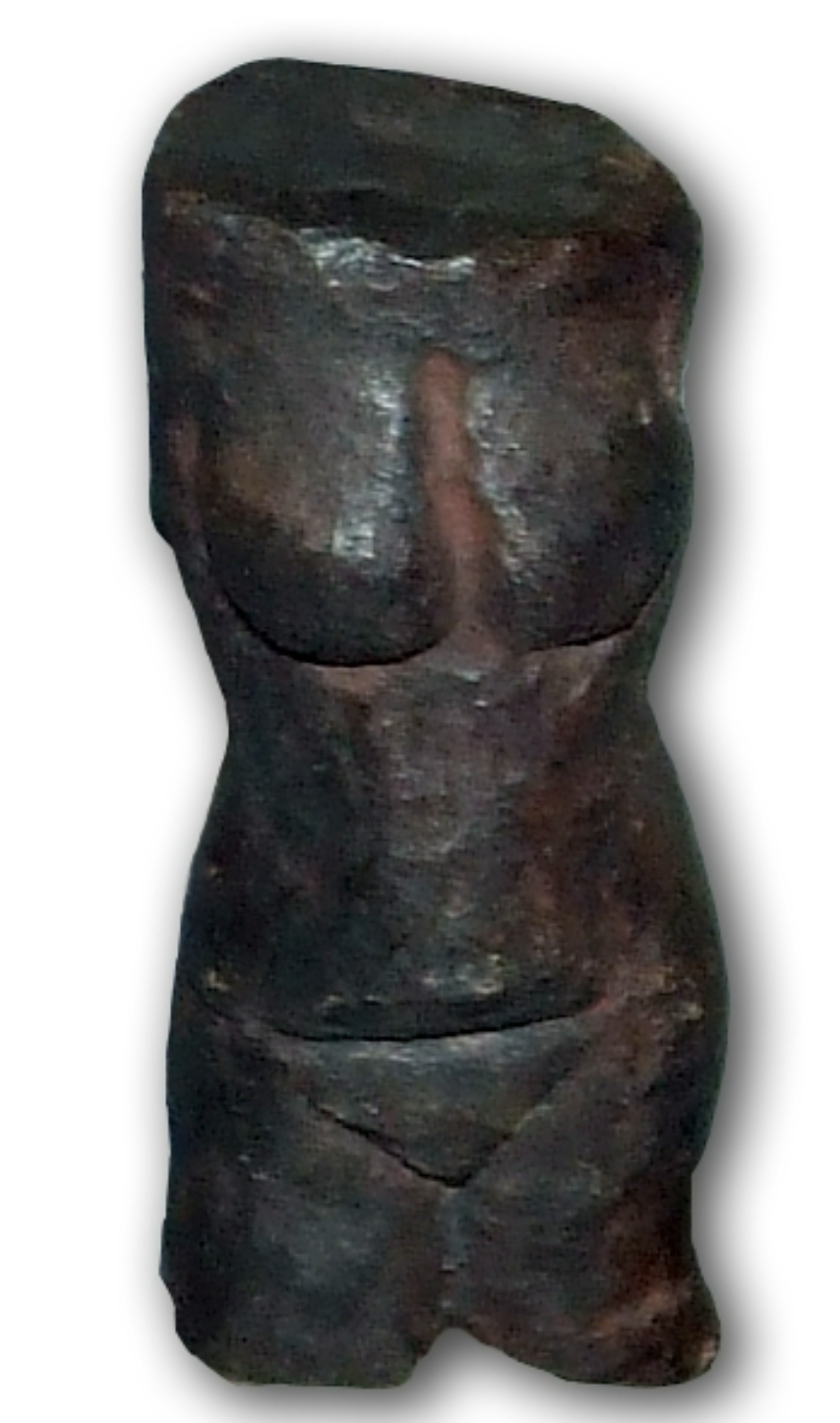
• Just under 2” tall
• Only torso (intentional?)
• Found in 1953 under a mammoth
molar
• Made of iron ore
Venus of Petřkovice
24,000 BC
4.4” height

Cave Paintings of Altamira
35,000 to 11,000 BCE
Altamira, Spain
• Ritual?
• Survival?
• How they did it:
• Finger painting
• Daubing
• Spraying
Finger painting
fingers to apply paint onto a surface This form of art encourages exploration of colors and textures, allowing for free expression and development of fine motor skills
Daubing
A technique involving applying paint or pigment with a quick, light touch, often using a brush or sponge. This method creates texture and can produce spontaneous, expressive effects in artwork. Commonly used in various styles, it emphasizes movement and emotion over precision.
Spraying
A technique where pigment is blown through the mouth to create images on surfaces, often associated with prehistoric art. This method was commonly used in cave paintings during the Neolithic period, allowing artists to apply color in a unique and expressive way. It often resulted in a misty effect, adding depth and texture to the artwork.
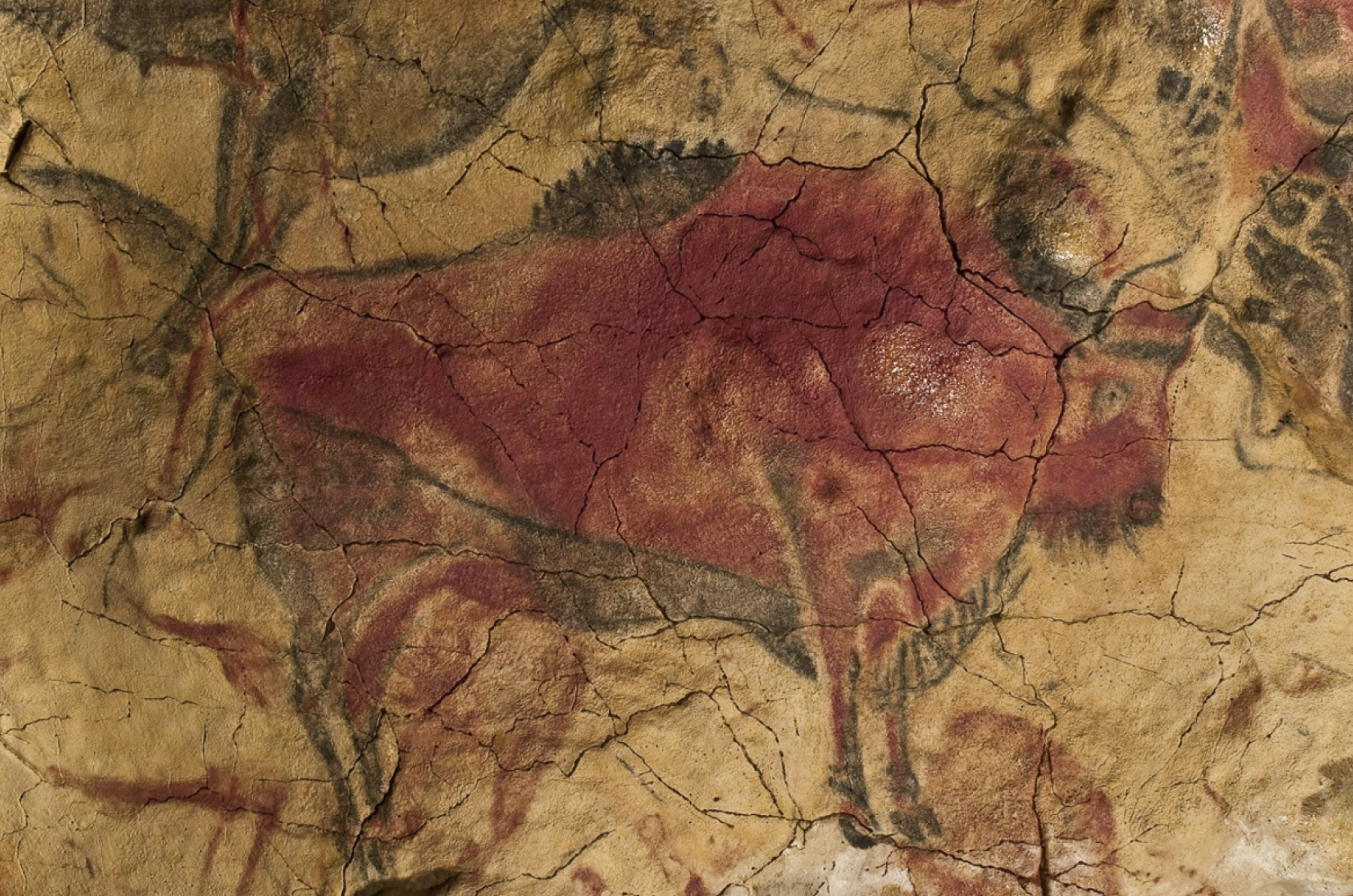
• Bison, deer, horses and boars
• No people – yet
• Handprints, hybrid?
Cave Paintings of Altamira
35,000 to 11,000 BCE
Altamira, Spain
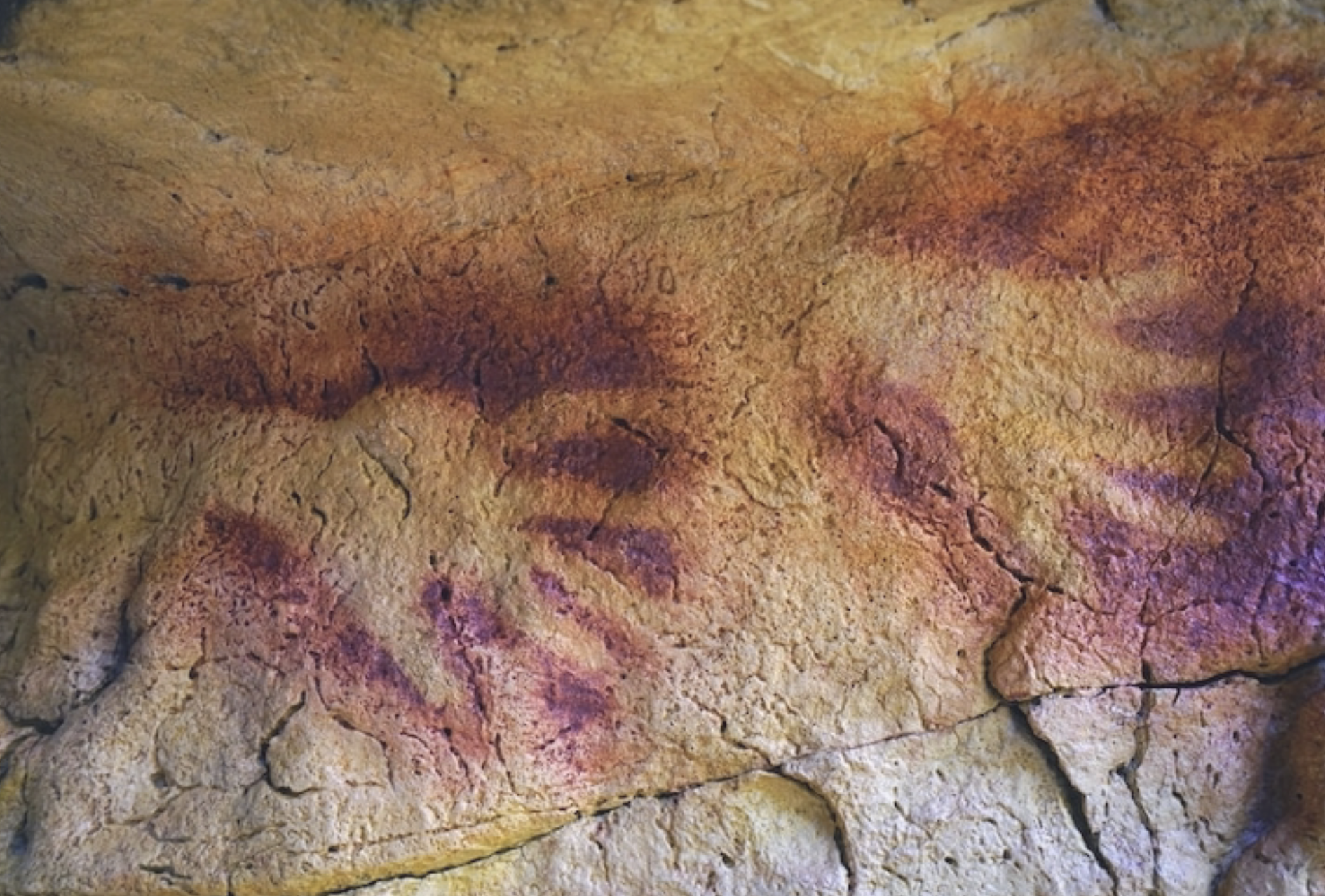
Cave Paintings of Altamira
35,000 to 11,000 BCE
Altamira, Spain
Theory of sympathetic magic
Certain images may have been made
to promote fertility or a successful hunt.
Except... the animals depicted in the cave were traditionally
not used for food.
Most likely did not “live” in the cave.
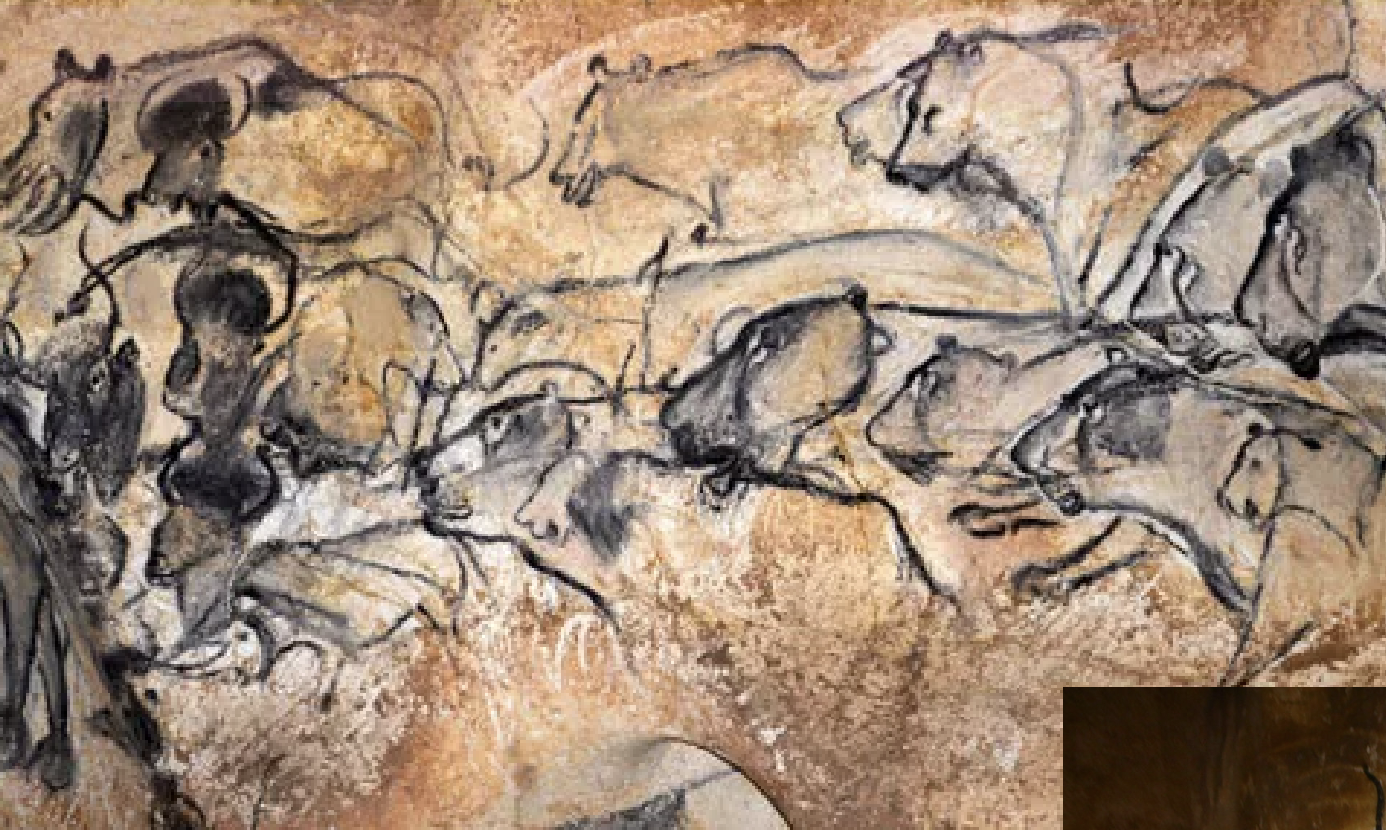
Cave Paintings of Chauvet Cave
30,000 and 32,000 BCE
Southeastern France
Discovered in 1994
• Grazing, running, resting animals
• Handprints
• Footprint of small child

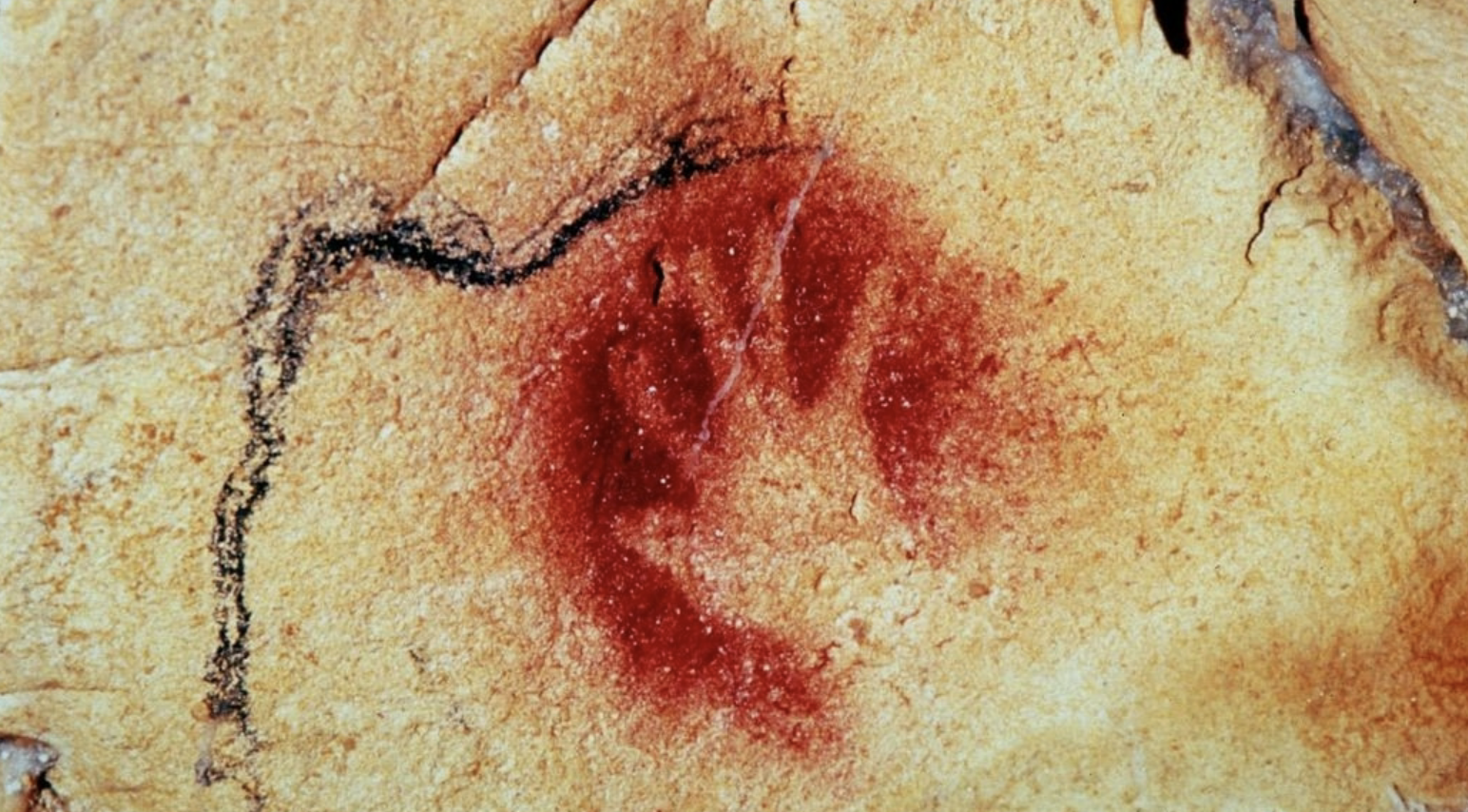
Hand marks in Chauvet Cave
30,000 and 32,000 BCE
Southeastern France
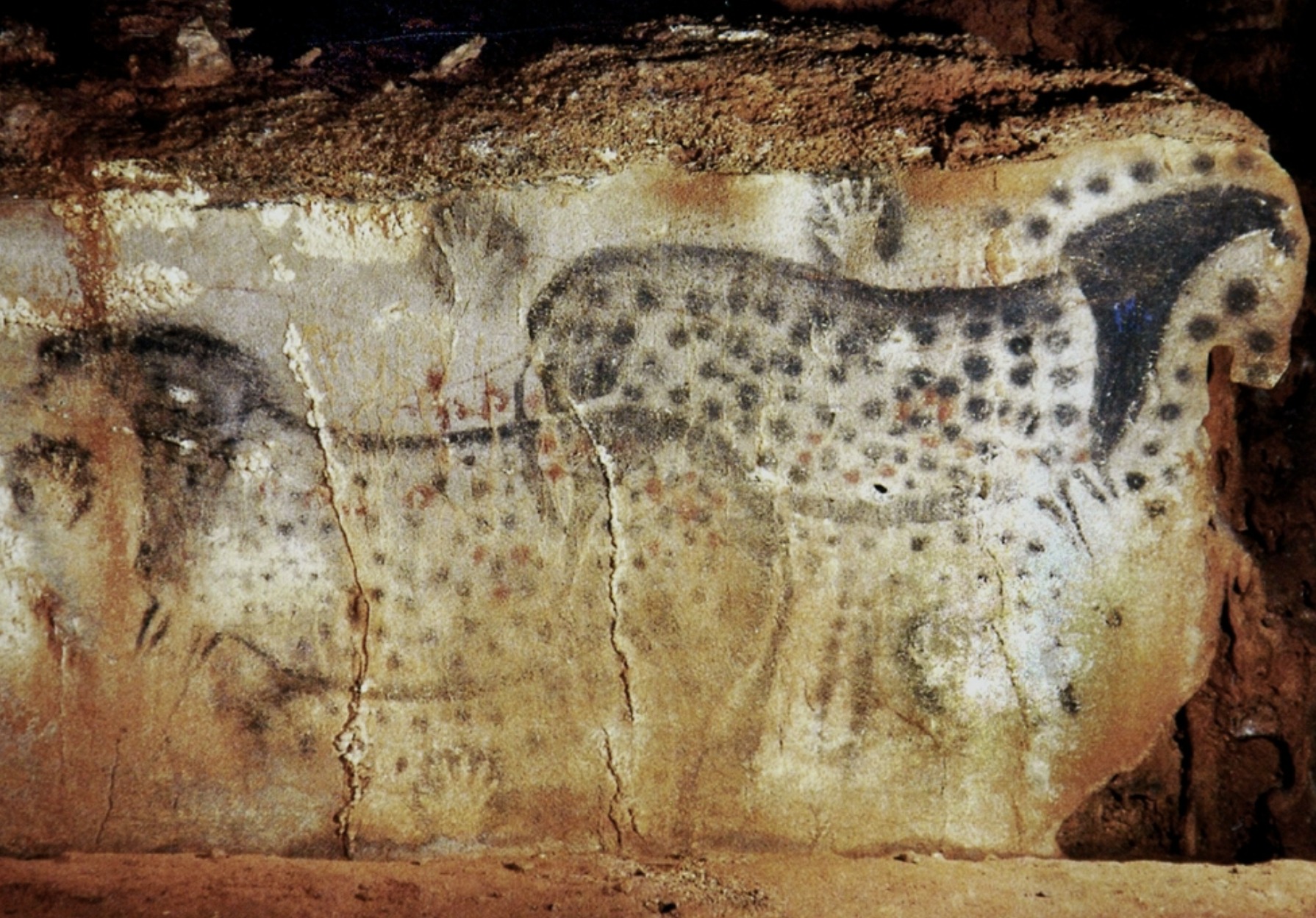
Cave Paintings of Pech-Merle
15,000 BCE
Southeastern France
• Animals, handprints,
symbols
• Some animals 5’ tall
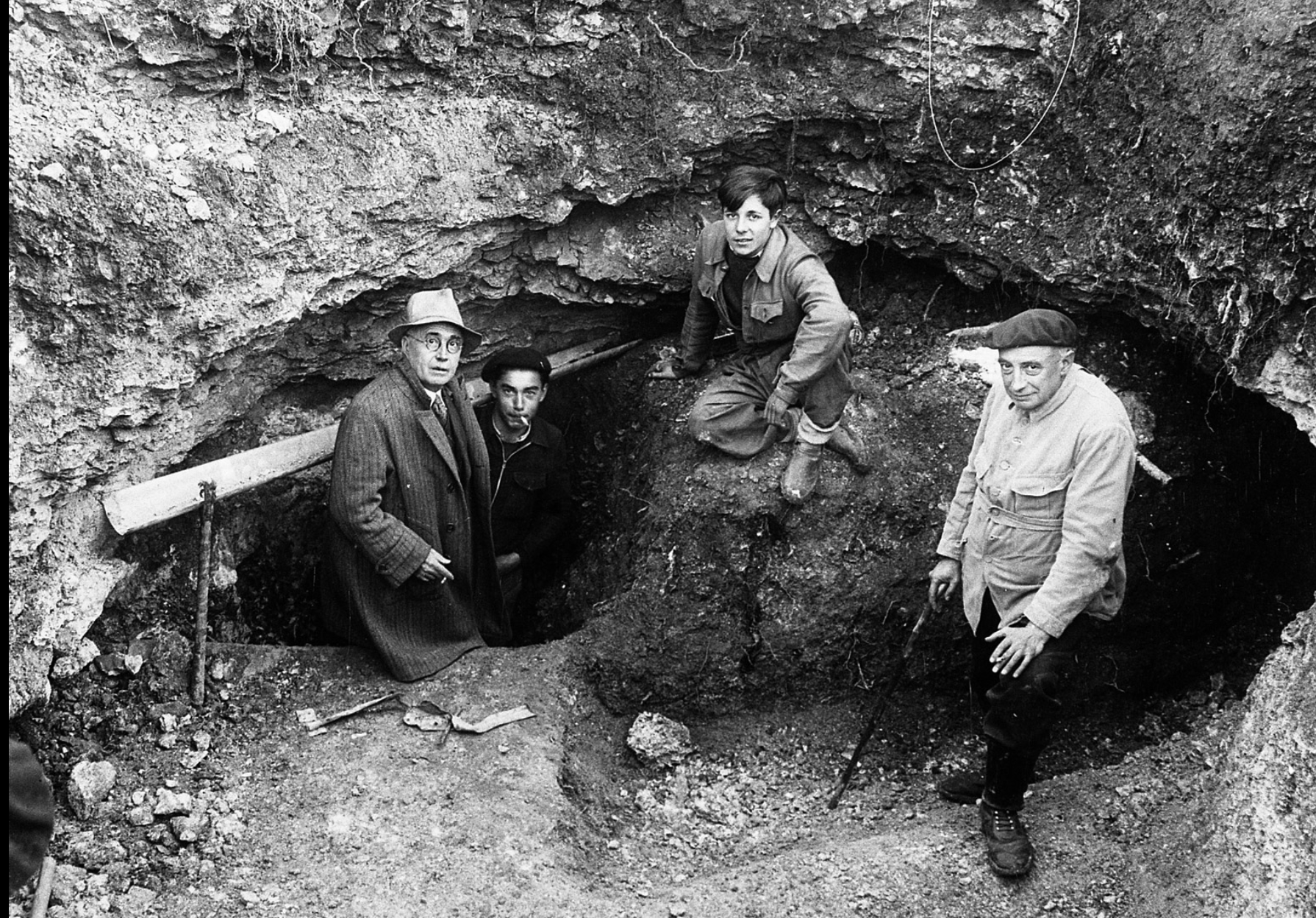
Early Exploration of Lascaux Cave
Southeastern France
• Discovered in 1940 by a
dog named Robot
• Over 2,000 drawings

Cave Paintings of Lascaux
15,000 BCE
Southeastern France
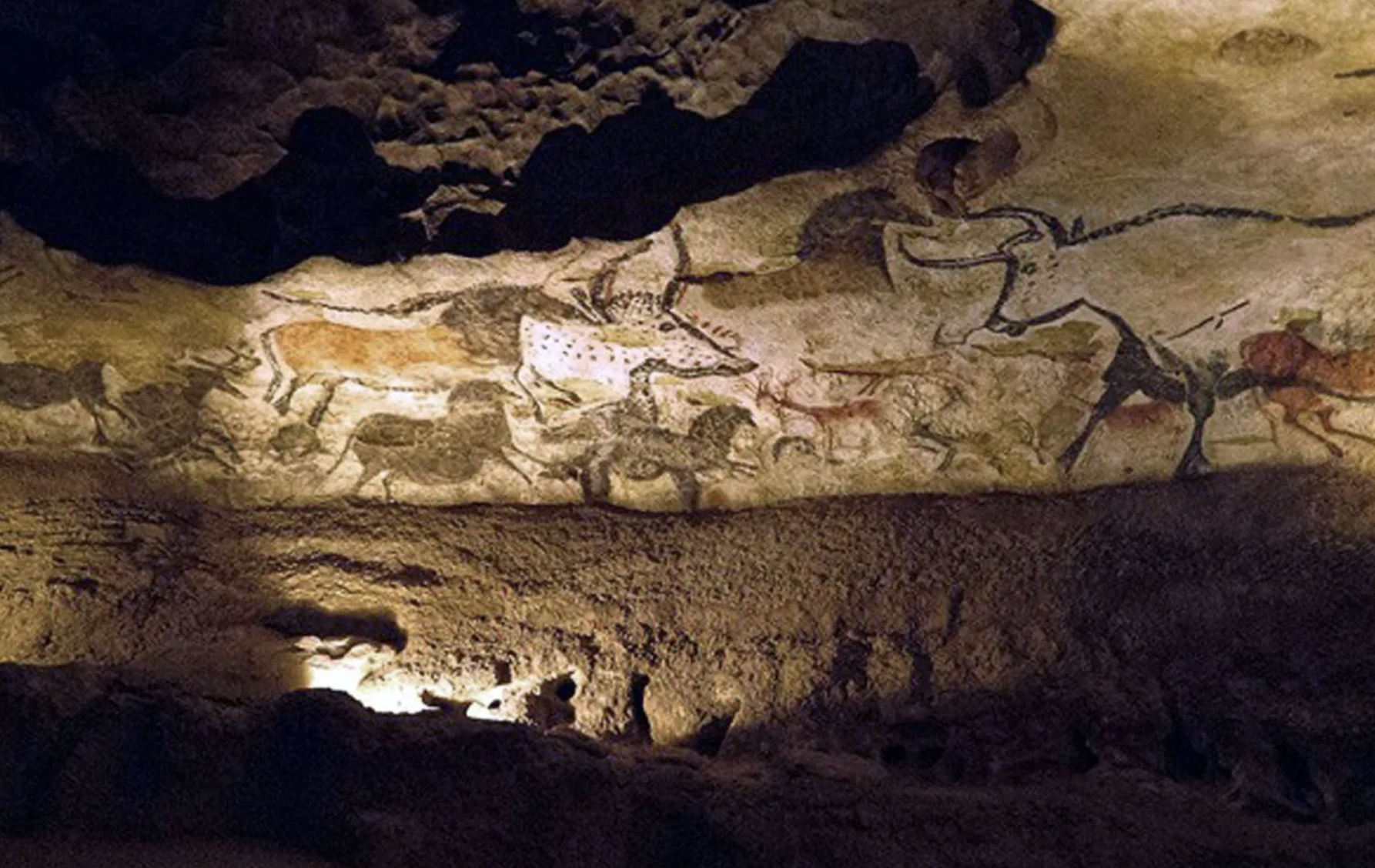
Hall of Bulls in Lascaux Cave
15,000 BCE
Southeastern France
Shaman
priest or healer with powers involving
the ability to communicate with spirits
of other worlds.
A Shaman...?
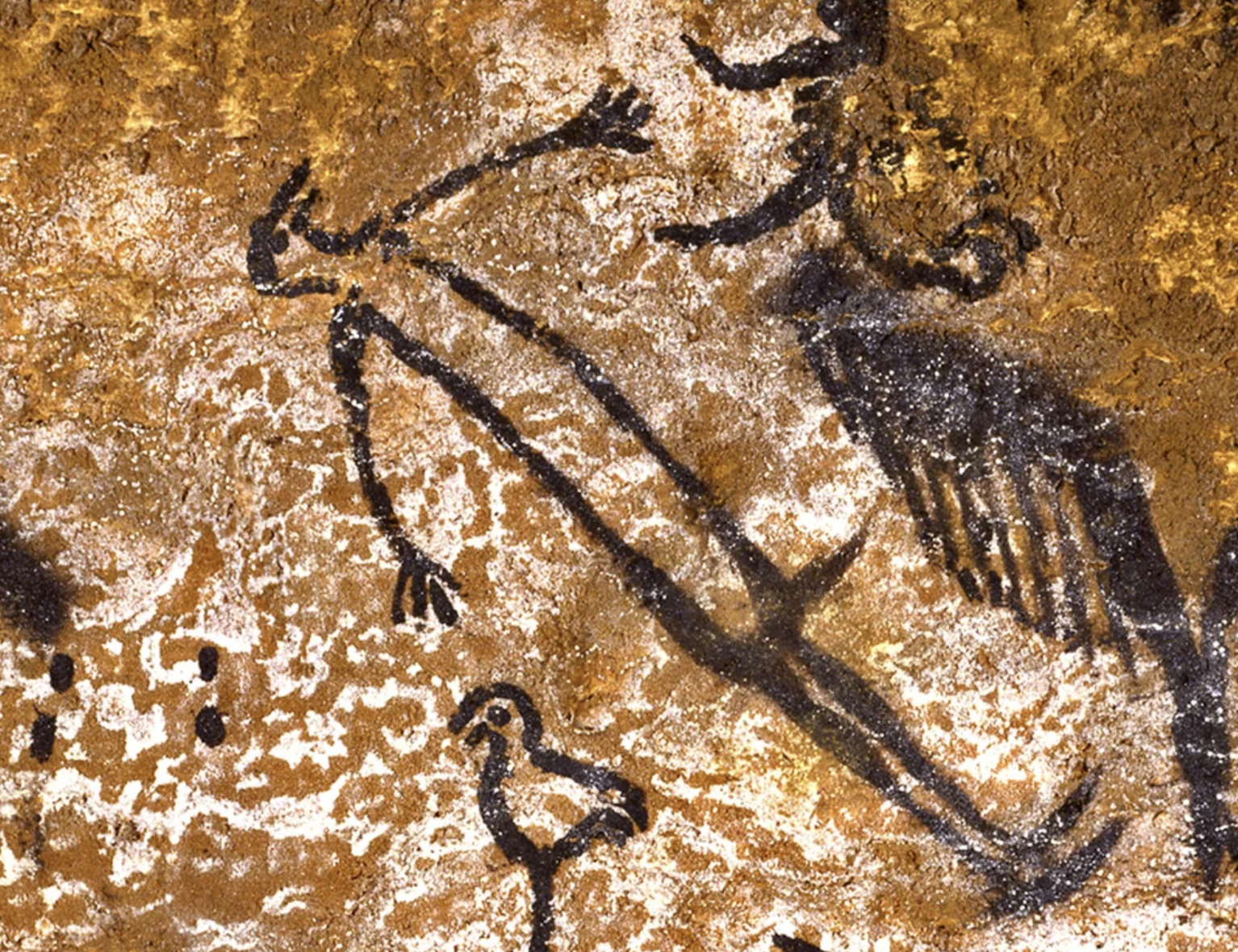
“Bird Man” of Lascaux
15,000 BCE
Southeastern France